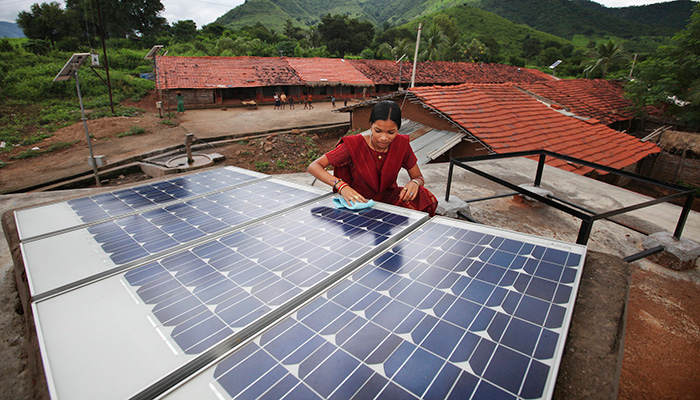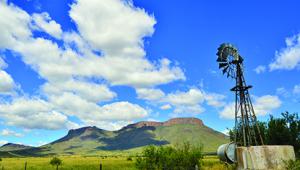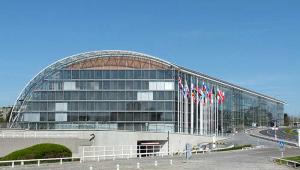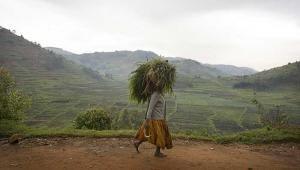The figure, totalling $81bn, included $25bn of direct finance from the banks themselves and a further $56bn from other investors.
The Asian Development Bank, the African Development Bank, the European Bank for Reconstruction and Development, the European Investment Bank, the Inter-American Development Bank and the World Bank all pledged to scale up their climate finance further at the historic climate conference held in Paris last December.
The report, which covers the year before that pledge was made, showed that the banks delivered over $20bn for mitigation activities, which involve the reduction of greenhouse gas emissions.
Mitigation’s poorer cousin, adaptation, or projects that reduce vulnerability and increase resilience to climate change, received $5bn from the banks. Campaigners argue funds for adaptation need to be scaled up drastically.
The report said since 2011 the banks have jointly committed more than $131bn in climate finance.
World leaders have agreed that $100bn in climate finance, either directly from or mobilised by public sources in the developed world, should be flowing to developing countries every year to help mitigate and adapt to climate change by 2020.
Of the $81bn the report finds to have been raised for projects funded by the banks, the non-EU Europe and Central Asia region received the most, with 20% of the funds flowing there.
South Asia followed closely behind, with 19% of the funds, while Latin America and the Caribbean took 15%. East Asia and the Pacific took a further 14% and new EU member states 13%, while sub-Saharan Africa and the Middle East and North Africa saw just 9% each. Multi-region commitments made up the remaining 2% of the total.
On a sectoral basis, water and wastewater systems saw the biggest share of funds (27%), followed by energy, transport and related infrastructure (24%) and crop and food production (18%).
“The 2015 year will go down in history as the end of the first chapter to transition the world to a low carbon, more resilient future,” said John Roome, senior director for climate change at the World Bank, which has said its climate finance could top $29bn annually by 2020.
The EBRD’s climate finance totalled $3.2bn in 2015, while the AfDB’s amounted to $905m, backed with $58m in “external resources”, and the ADB delivered $2.86bn, which it hopes to scale up to $6bn annually by 2020.
The ADB also announced today that it has raised $1.3bn to help finance climate projects with the issue of a dual-tranche of three-year and ten-year green bonds.
But the bulk of the banks’ climate finance, $56m, is said to come from “other investors”, which likely includes private sources – a hotly debated issue.
Proving that private cash was mobilised specifically by a public initiative is notoriously tricky, and some campaigners argue that the $100bn defined as ‘climate finance’ should be restricted to purely public sources.














